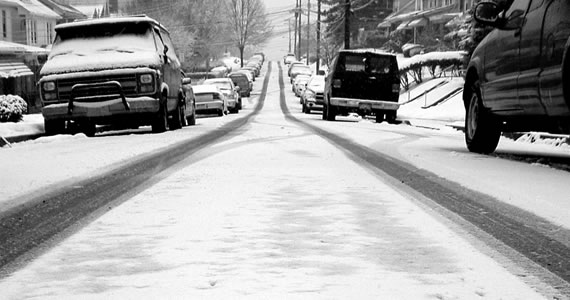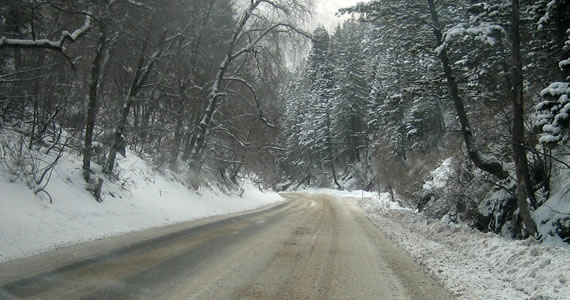The winter months bring beautiful scenery to otherwise boring landscapes, but that means it also comes along with dangerous driving conditions. These are five ways in which you can more safely and easily get to your destination while driving.
Drive 10-20 MPH Slower than Usual
If the driving conditions in your area are exceptionally bad, take notice of the speed limit for that area and subtract 10-20 miles per hour from it. This is especially true if your vehicle is not equipped to handle rough winter conditions that leave ice and snow all around.
Take a Course from a Driving School
If you are unsure of how to handle winter conditions while driving, it may be useful to take a refresher course from a driving school. Driving schools can equip you with all the knowledge you need to make informed decisions while on the road and keep your travel experience safer overall.
Give Yourself Double the Distance to Stop
Whenever coming to a stop, always make sure that you give yourself quite a bit of distance between your vehicle and the stop to slow your vehicle. Just because you can’t see ice on the roads between your vehicle and the stop point doesn’t mean that it’s not there, so be extra slow and cautious when bring your car to a stop.
Always Use Your Headlights
When driving in snowy and foggy conditions, be sure to use your headlights at all times. Even if it is day time in the area that you are driving, it doesn’t mean that other drivers will have an easy time seeing your vehicle. This is especially true if your vehicle is neutral in color, such as gray. Keep your headlights on at all times.
Don’t Assume Your Vehicle Can Handle All Winter Conditions
Many people make the mistake of flooring their vehicles in icy conditions using the "my truck has four wheel drive" logic. Although four wheel drive will help tread icy and snowy conditions more easily, that doesn’t mean that it is a perfect mechanism or that other drivers on the road will have time to react to your aggressive driving. To stay on the safe side, always drive as though your vehicle is not equipped to handle winter conditions.
Above all, use common sense while treading the roads during the colder months. Take your time with getting from point A to point B, and always make sure your vehicle is up to operating in winter conditions by checking your tire tread, examining the battery terminals for corrosion, etc.















